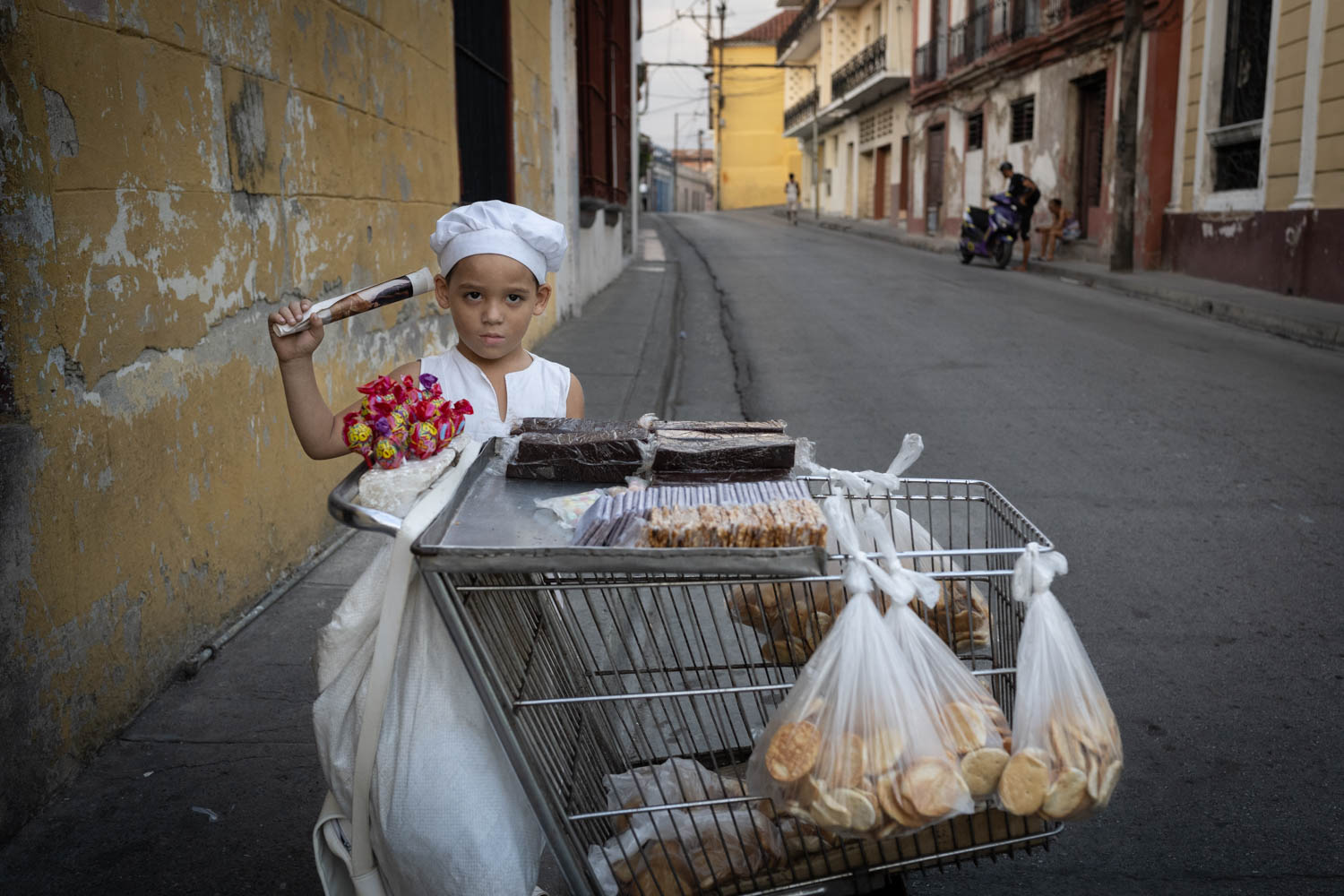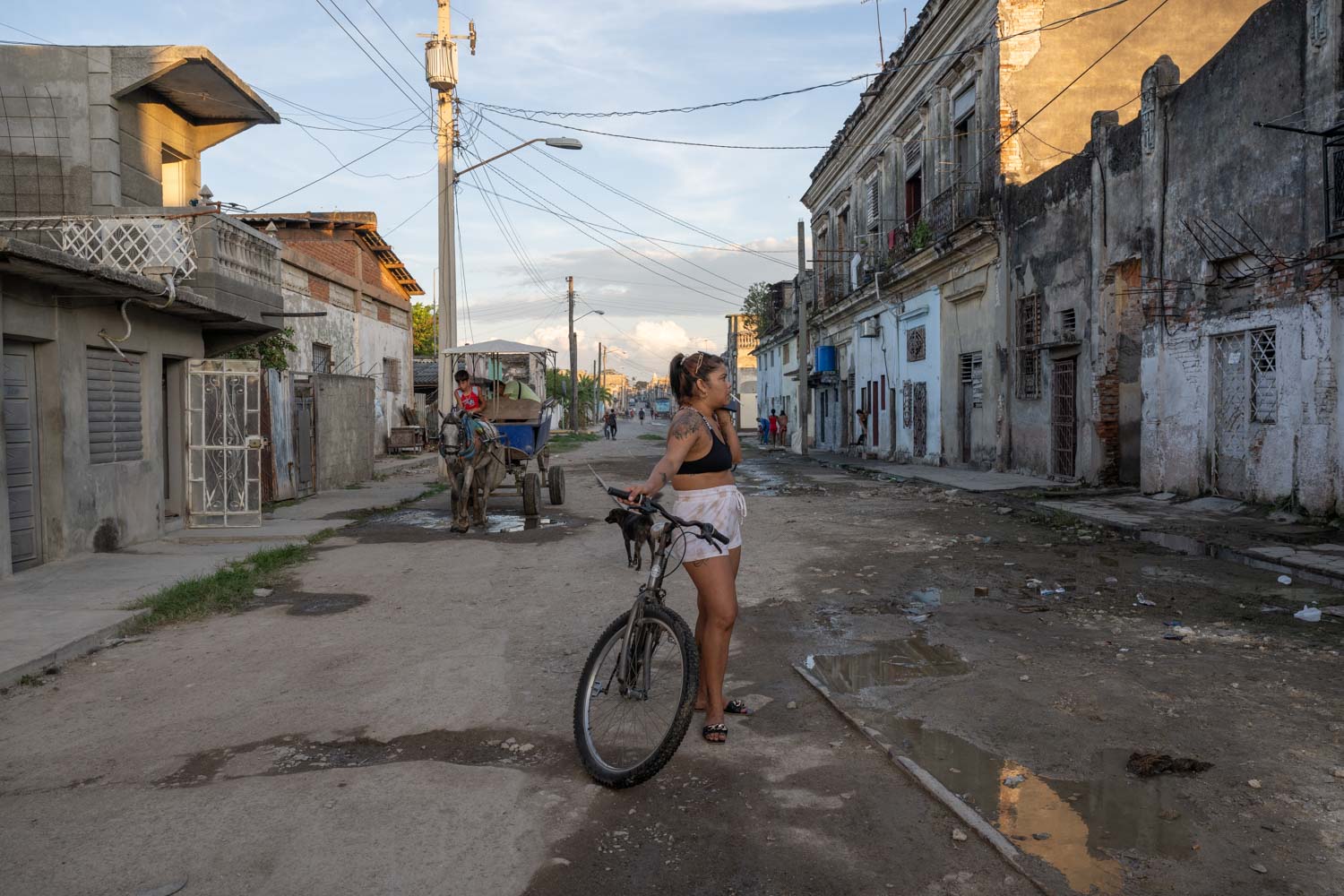After several trips to Cuba and Scotland I still am not proficient in packing my photo equipment for the trip. At least now, after 5 trips I can anticipate what my photo opportunities will be and make sure I have the lenses I need, the batteries, the CF cards, etc. There have been trips where I took only one camera, my Nikon Z8 or Z9, and 2 lenses and made do, using the iPhone 15 Pro Max as the back up. Generally though, if I am traveling for a lengthy period of time, I bring both cameras. What you bring will largely depend on how much moving around you are doing and the variety of subjects you will be photographing. Less is more, especially when you are checking into and out of different places every day or two. For longer trips where you are staying in one area for several days you can bring along more equipment if you feel you will need it. One of my mentors told me she always had two of her favorite lenses in the event something happened to one of them. If you find that most of the time you are using a specific lens, and you are traveling to places where you might not be able to replace or repair the lens, then by all means invest in a second one, or rent a second one for the trip.
For a while I was influenced by workshop leaders who said to bring only a fixed lens and use it exclusively. Make your mind and eye work to capture the photo they preached. I had often traveled with my 24-70mm and my 70-200mm lenses because they offered flexibility. The 24-70mm especially was my “go to” lens. Enter my 35mm f/1.8 and my photo world was altered. I moved around more, got closer to my subjects physically and the people portraits got more intimate. I had also used my 70-200mm to take people pictures because I could take photos from a distance. Once I had to actually get close to my subject the pictures became richer and I noticed details I had ignored before. Sticking with fixed lenses I also took along my 85mm f/1.8 and used it for more “people” photos. Nikon then came out with an incredible lens, the 135 mm f/1.8 Plena and I was hooked. While not the lens I would keep on the camera, I began to use it for people and animals and am still experimenting with it.
Early on I was taking my gear in my back-pack leaving the lenses attached to the cameras. This proved less than ideal as it did not protect the cameras. Next step was a nice camera bag, also a back-pack, and this was better. But carrying the gear onto the plane became a hassle, especially hoisting it into the overhead bin. My next step was to invest in a Pelican case and check it with my luggage. For my current month long stay in Scotland I packed the Pelican with two cameras and four lenses and my Profoto flash. ( It made the trip with no issues except one of the locks was missing.) Naturally, I made sure each piece of equipment is insured for its replacement value. For my current Lords of the Isles project, I am driving all over the Highlands and Islands so I can work out of the car a lot and this also makes it easier to bring a bit more gear. If I was relying on public transportation I would necessarily be packing much lighter.
The more you travel, the better you will get at anticipating your equipment needs.




